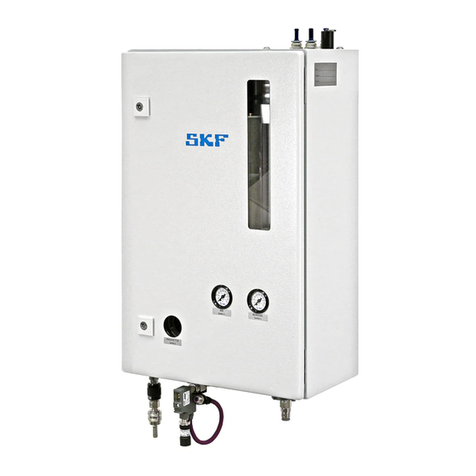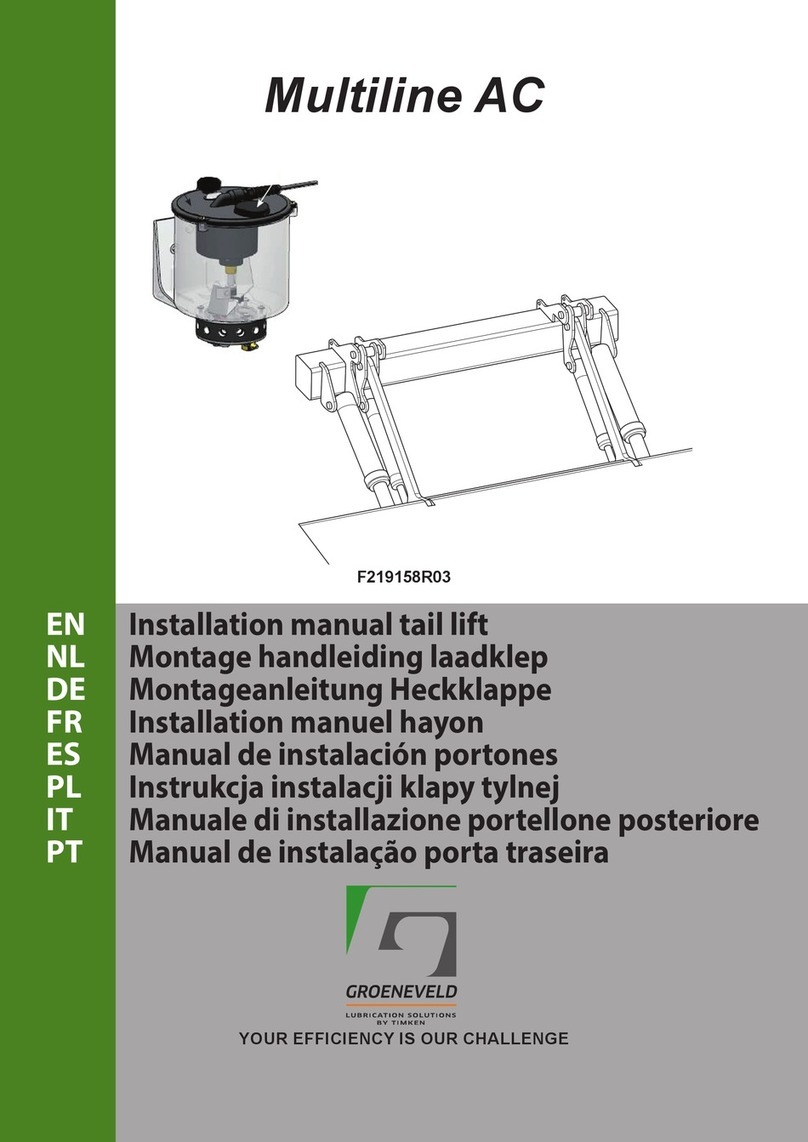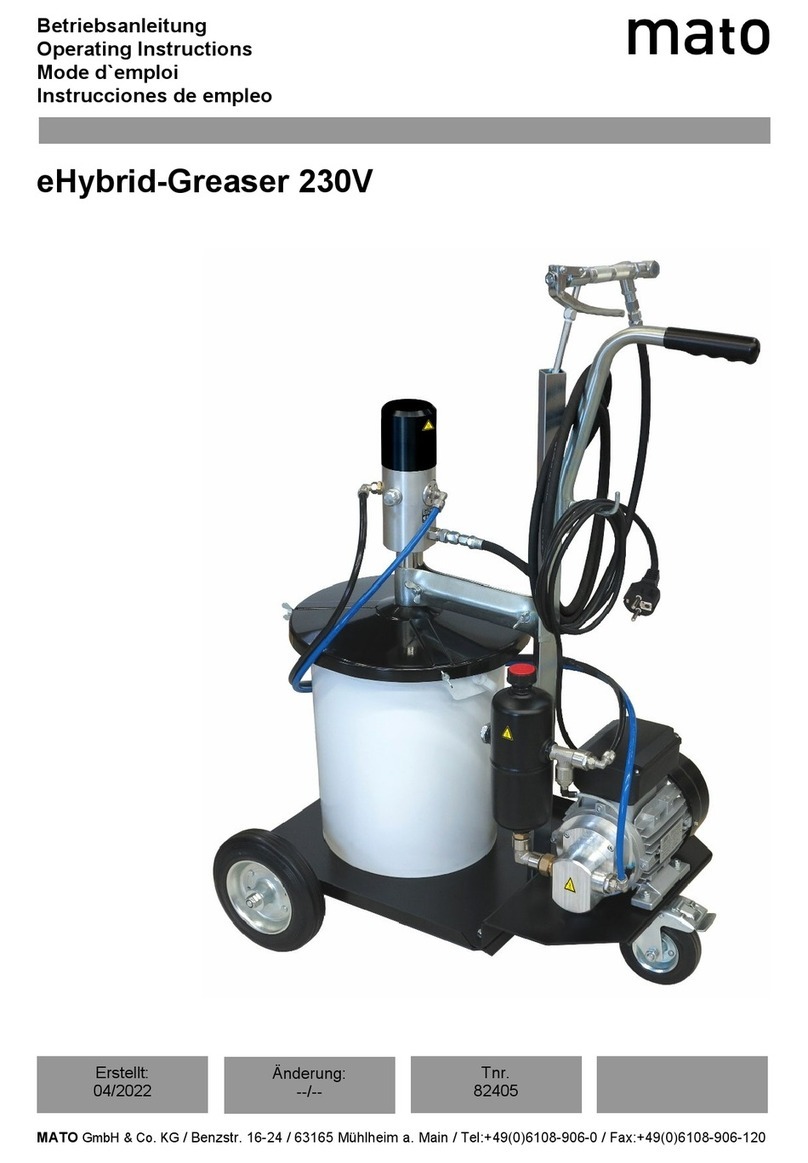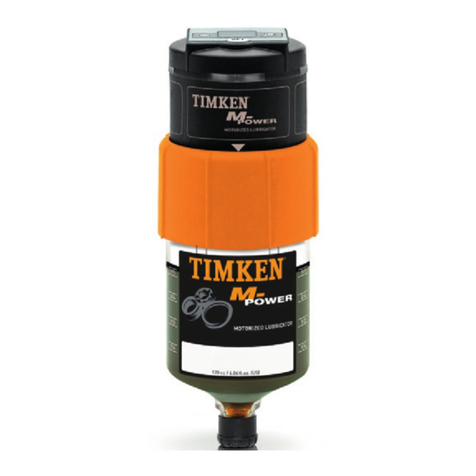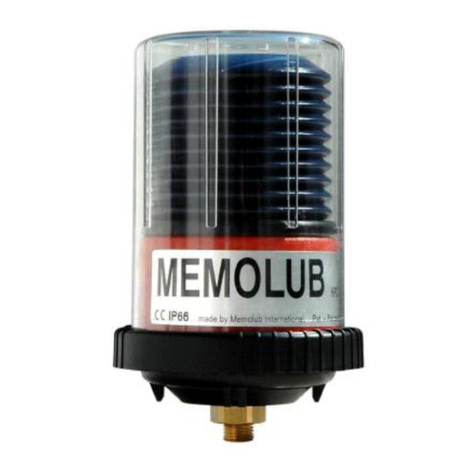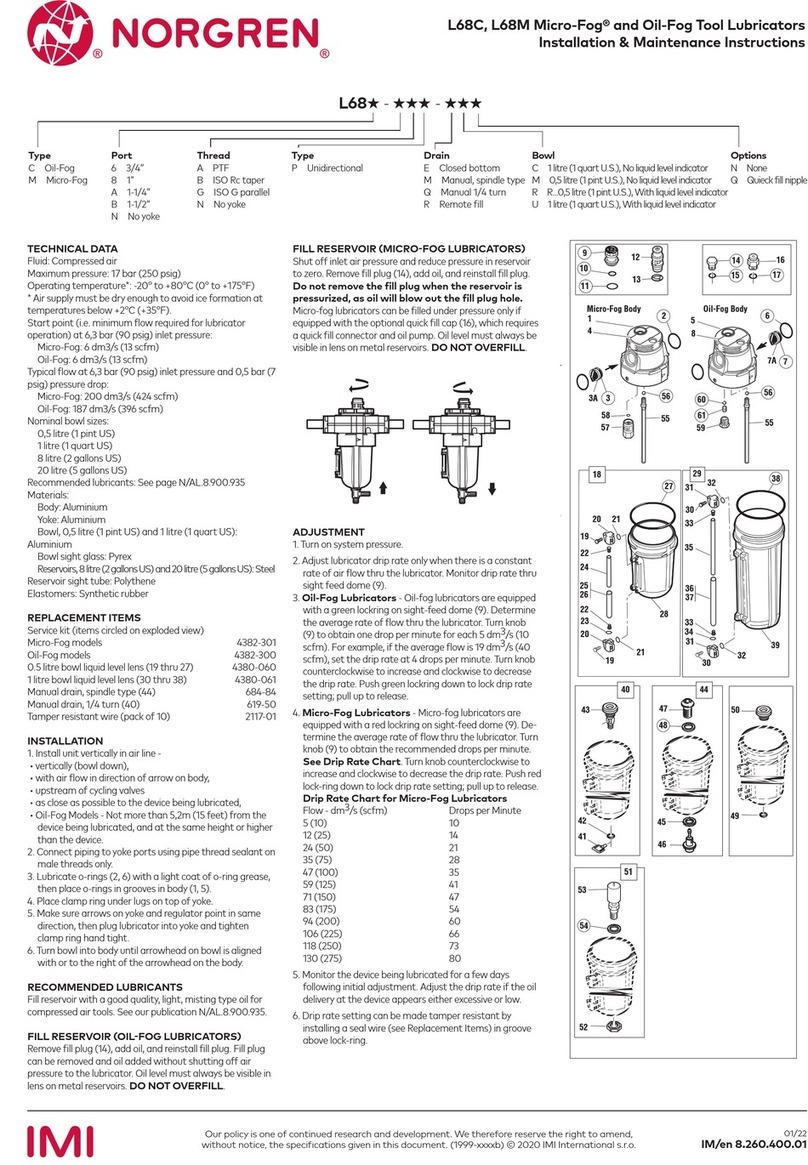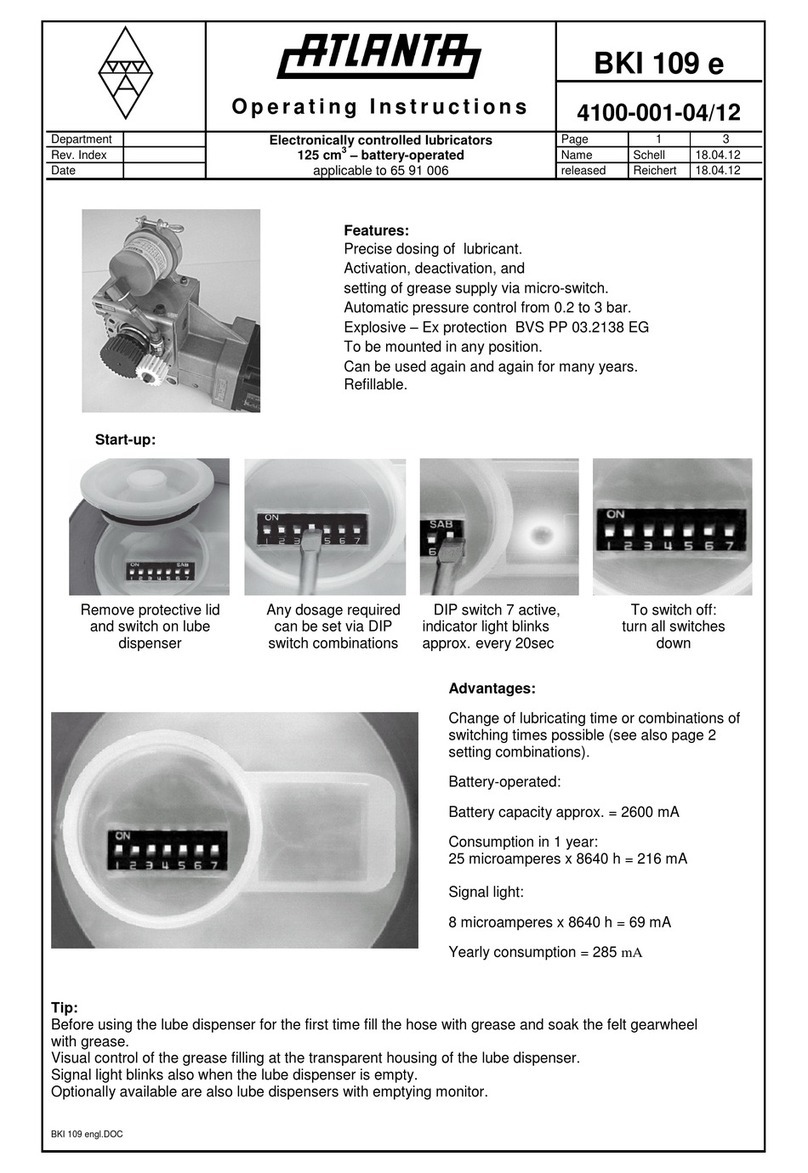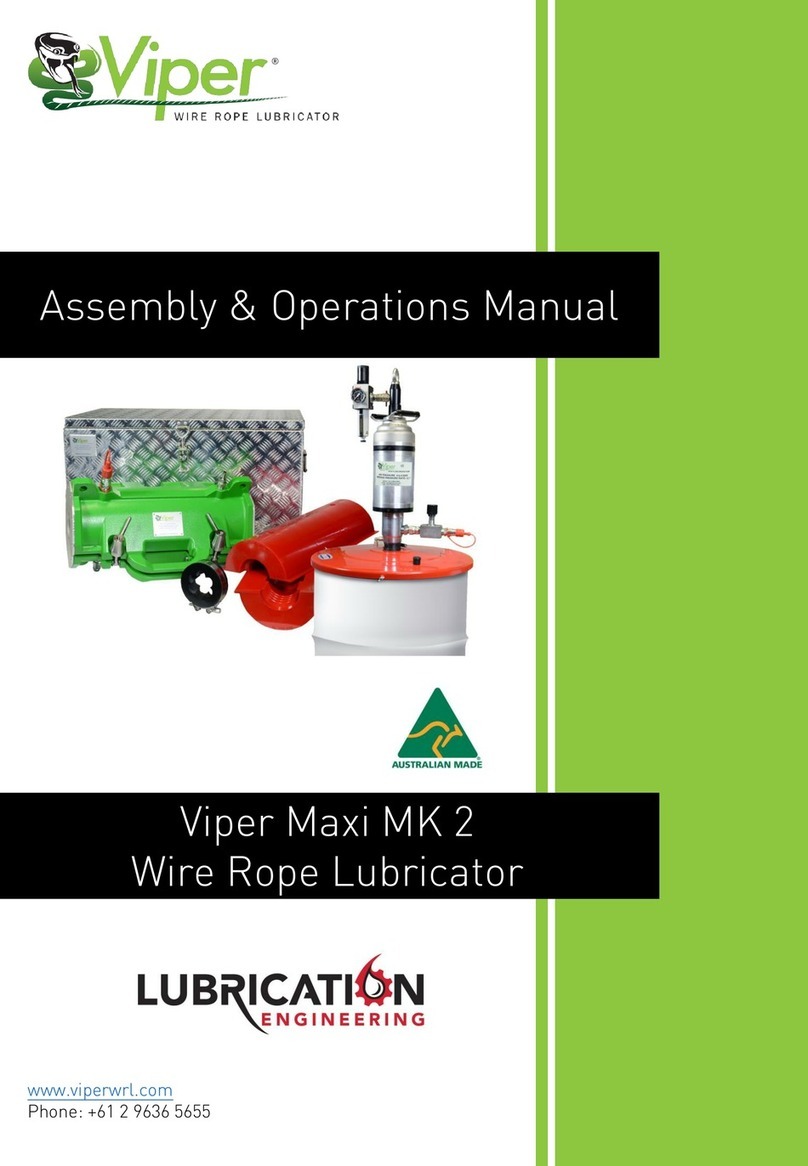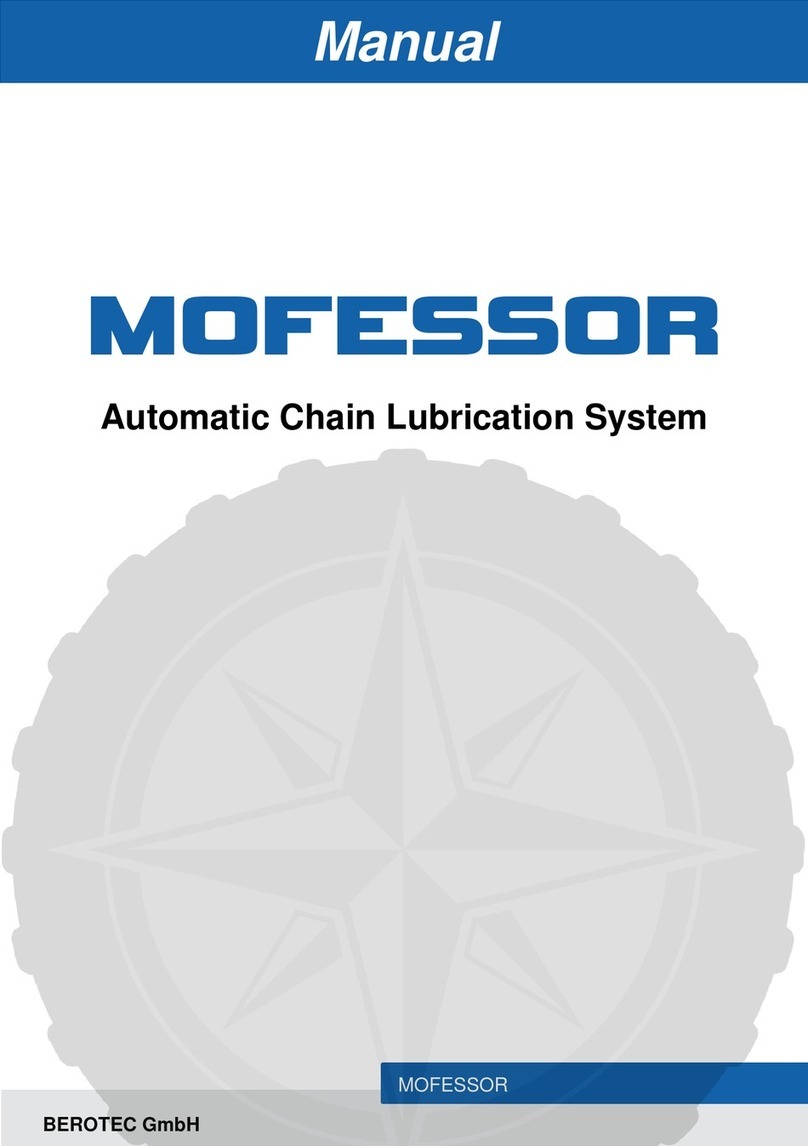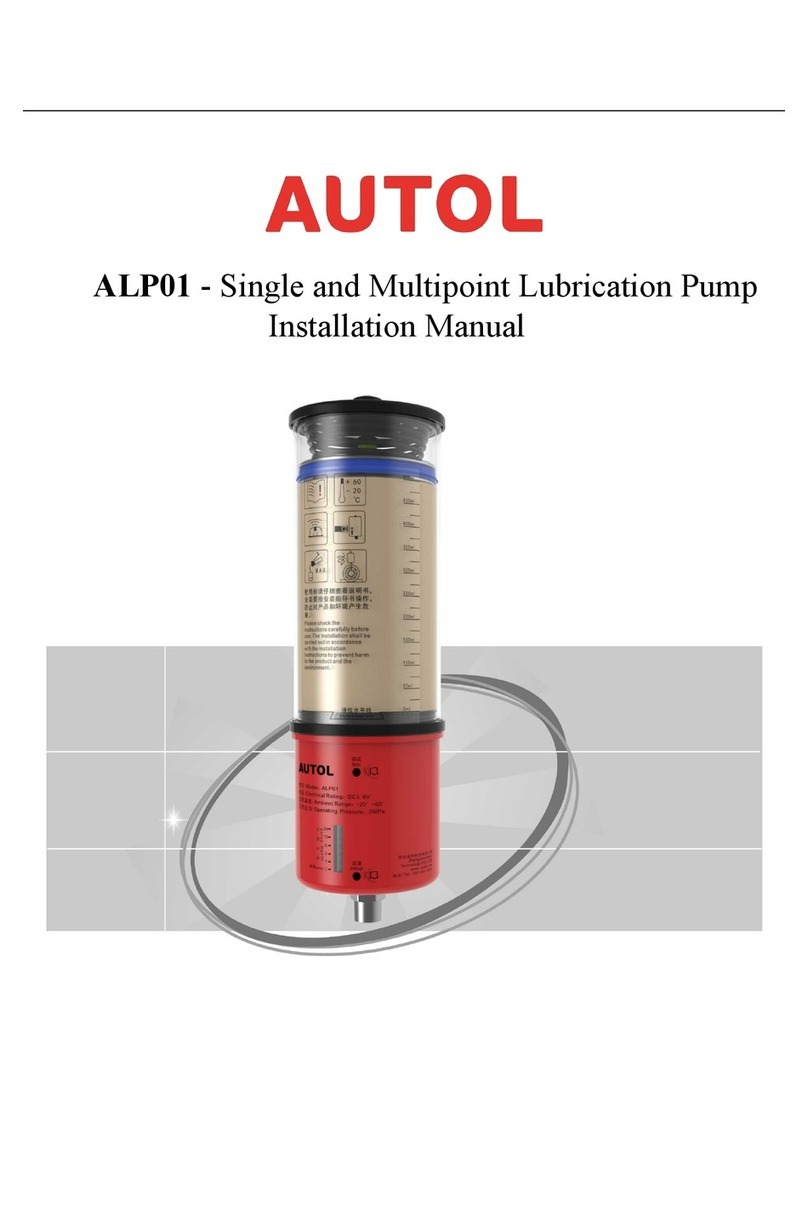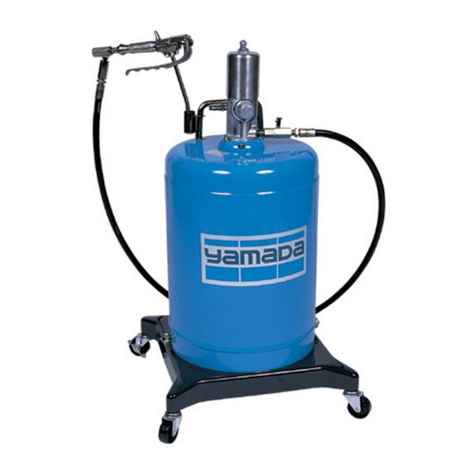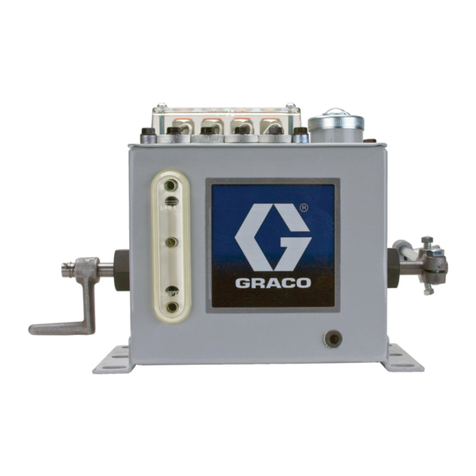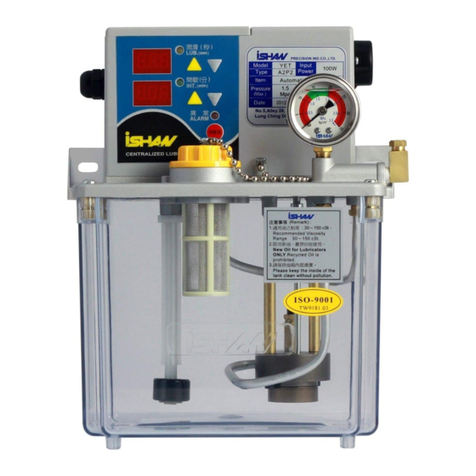
LubriMist®Model JD
Oil Mist Generating System
Installation and Operatin
Manual Page 4 of 152
Red And Green External Status Lights.......................................................................................63
Event Log ....................................................................................................................................64
Logged Alarm and Fault Messages...........................................................................................66
Logged Event Messages...........................................................................................................66
REMOTE COMMUNICATION AND ALARM......................................................67
REMOTE COMMUNICATION AND ALARM...............................................................................68
Remote Alarm Contact................................................................................................................68
Serial Data Port – RS-422/485....................................................................................................69
Connecting To A Personal Computer (PC).................................................................................71
Data and Event Log.....................................................................................................................72
Personal Computer Communication Software............................................................................72
MODBUS COMMUNICATION............................................................................77
Overview......................................................................................................................................78
Installation ...................................................................................................................................78
Serial Data Port – RS-422...........................................................................................................78
Connecting To The Host Computer (via 4 wire)..........................................................................79
Connecting To The Host Computer (via 2 wire)..........................................................................79
Configuring The JD Oil Mist Generator.......................................................................................80
Configuring The Host Computer..................................................................................................80
Function Codes ...........................................................................................................................82
Breakdown of each Function Code and it’s HEX Addresses......................................................84
Holding Register..........................................................................................................................87
Holding Registers Addresses;.....................................................................................................88
Input Register..............................................................................................................................89
Viewing the JD’s values in real time............................................................................................91
General Information.....................................................................................................................92
AUXILIARY OIL MIST GENERATOR................................................................94
General Description and Use......................................................................................................95
Auxiliary Oil Mist Generator Start-Up..........................................................................................96
Operation.....................................................................................................................................98
Oil Heater Operation And Temperature Adjustment...................................................................98
Switching From The Auxiliary Oil Mist Generator To The Main Oil Mist Generator....................98
CONTROLLING THE OIL MIST.........................................................................99
Adjusting Oil / Air Ratio .............................................................................................................100
Changing The Mist Generating Capacity ..................................................................................102
ROUTINE MAINTENANCE..............................................................................103
Routine Maintenance ................................................................................................................104
CLEANING AND DECONTAMINATION...................................................................................106
REMOVAL FROM USE, DISPOSAL AND TRANSPORT.........................................................108
TROUBLE SHOOTING GUIDE........................................................................110
Main Unit ...................................................................................................................................112
PARTS LIST / DRAWINGS / SCHEMATICS ...................................................120
Spare Parts Lists.......................................................................................................................121
Process & Instrumentation Diagrams........................................................................................123
Main Oil Mist Generator...........................................................................................................123
Optional Equipment.................................................................................................................124
Electrical Wiring Diagrams And Schematics.............................................................................125
Ladder Diagram / 115 VAC Supply Voltage............................................................................125
Voltage Panel Wiring Diagram / 115 VAC Supply Voltage .....................................................126
Voltage Panel Wiring Diagram / 230 VAC Supply Voltage .....................................................128
Fuse Location - Main Oil Mist Generator.................................................................................129
Fuse Legend-115 VAC Main Oil Mist Generator.....................................................................130
Fuse Legend-230 VAC Main Oil Mist Generator.....................................................................131
Controller Wiring Diagrams And Schematics............................................................................132
Low Voltage Controller Layout ................................................................................................132
Thermocouple Input Terminals................................................................................................133
4-20 mA Input Terminals.........................................................................................................134
